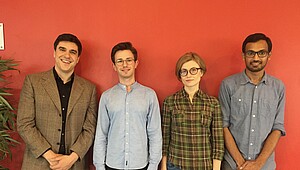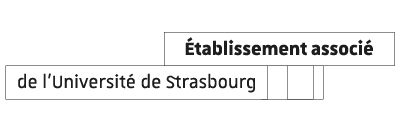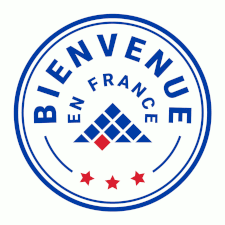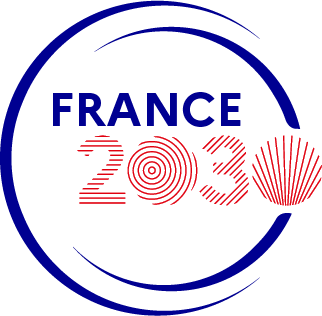Publication date: 19/06/18
ThemesNews
The laboratory of chemical catalysis of the Institute of Science and Supramolecular Engineering has been occupied with the origin of life on earth since 2016. A theme that has become central over the last six months with two publications in Nature Ecology & Evolution. The last, published on 23 April 2018 enabled researchers to show that iron had a central role in building biomolecules from CO2 before the appearance of life on earth.
For 60 years, chemists have been trying to understand how the molecules of life were built spontaneously. The basic molecule that life uses to build its biochemistry is carbon dioxide (CO2). "Chemists have always believed that CO2 was not responsive enough to build molecules in water," says Joseph Moran, who managed to prove the opposite with his team by studying the Wood-Ljungdahl path. Thought to be one of the oldest of those existing to fix CO2this pathway is a set of biochemical reactions used by certain bacteria and archaea.
The Wood-Ljungdahl path allows for some primitive organisms, the production of acetate and pyruvate from CO2. They thus compose the biological "raw material" (lipid synthesis is made from acetate, and pyruvate is a precursor of sugars.) In attempting to go back to the origin of this path, researchers have found that the enzymes that catalyse reactions have transition metals such as iron, nickel or cobalt. However these enzymes were not present before the appearance of life. "Our hypothesis was that these metals could carry out catalysis alone. »
Iron, a reagent in primitive metabolisms
On the method side: "We reacted iron, nickel and cobalt with CO2 in salt water, for the sake of realism because it is the only solvent that we believe existed on earth at this time. The sequence where the reaction is most easily done is that with the iron which fixes the CO2 to acetate and pyruvate. Experience shows that enzymes could only accelerate an already existing reaction before the onset of life on earth.
"This gives us a starting point to see how the molecules of biochemistry were created. "The previous study" Metals promote sequences of the reverse Krebs cycle" concerning the Krebs cycle, had already shown the important role of iron in reactions. "It is likely that the latter is a catalyst or a reagent in primitive metabolisms. Next step for researchers: To understand how the metabolism self-complexified.
Marion Riegert
















